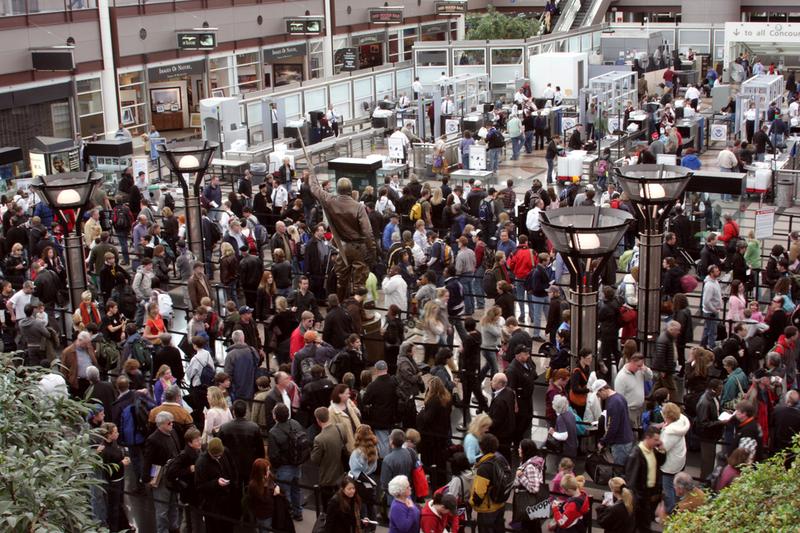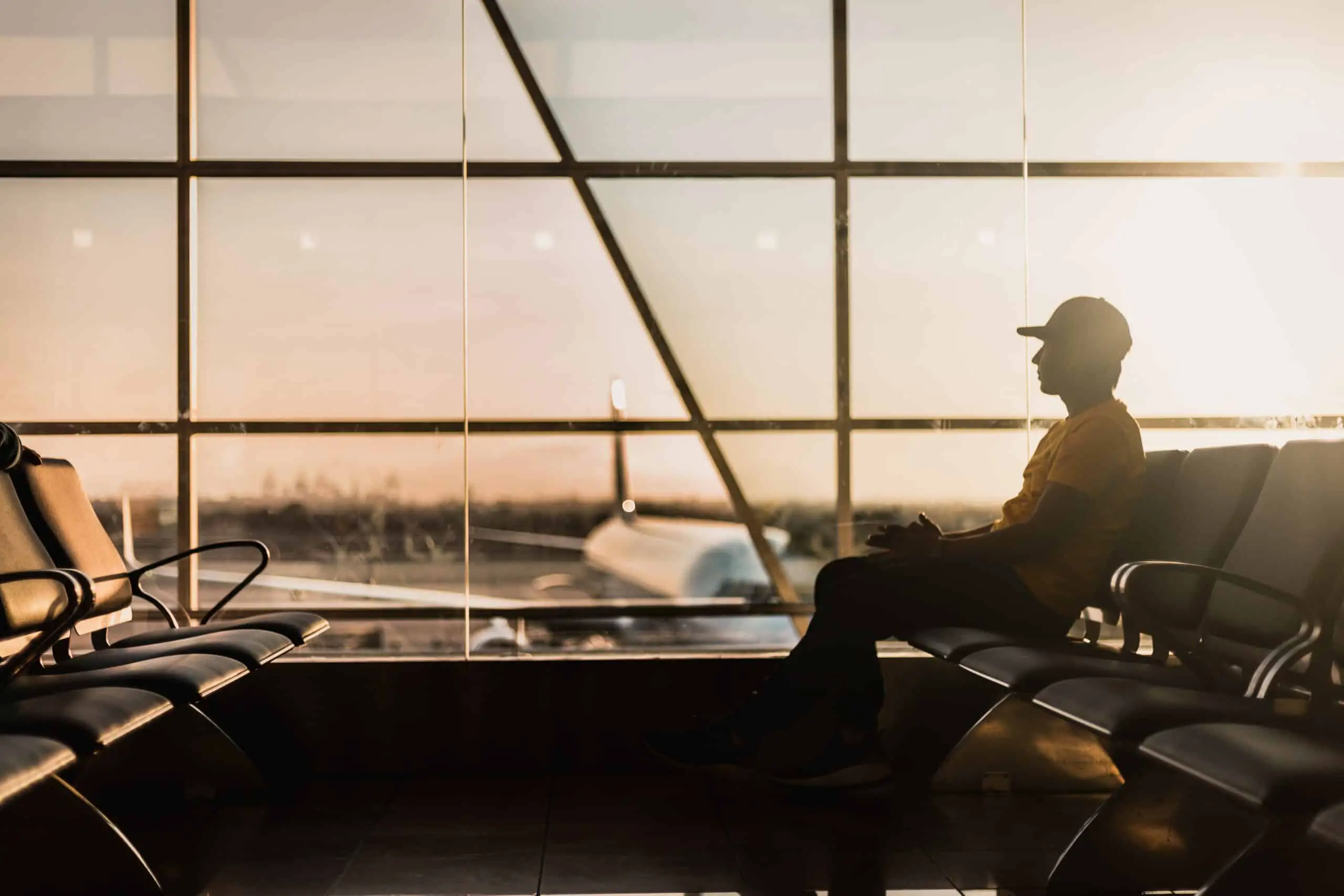When booking a flight, many people are anxious to get to their destination quickly and without delay. Often travelers must experience extended layovers when traveling by air, either by choice or because there are no non-stop flights available to their destination. Are these long layovers worth it, or should you avoid them at all costs?
Long layovers are worth it if you have the time for a more leisurely travel experience or are concerned about the cost and health risks of prolonged, direct flights. You’ll also have the benefit of lower ticket prices and enjoy breaks in flight time, as opposed to lengthy, difficult flights.
In this article, I’ll discuss the pros and cons of long layovers instead of direct flights to your destination. I’ll also compare long and short layovers and analyze the differences between the two experiences.
Pros of Long Layovers
Long layovers have several pros for you to keep in mind, which I will discuss below.
Flights With Long Layovers Are Less Expensive
Most people know that booking a flight with extended layovers is a more cost-efficient option than scheduling a direct flight to your destination. Some people even prefer to book flights with two or more stops to save money.
When you are trying to be frugal while flying, booking a flight with layovers is the way to go.
For more tips and ideas on how to save money on flights, visit this article.
Long Layovers Allow for More Rest and Stretching

With layovers, you avoid the health risks of being on a plane for too long. In the air, the oxygen is thinner, and there’s increased air pressure and decreased humidity. The risk for blood clots or deep vein thrombosis (DVT) due to the prolonged time sitting still without walking or moving about is increased.
In fact, according to the Centers for Disease Control and Prevention, the risk for blood clots increases the longer you remain immobile while traveling. This fact is widely associated with air travel, but it applies to other forms of transportation, including travel on the roads or by train. With layovers, you’re allowed the time to walk about, stretch, and possibly prevent these severe health issues.
Layovers Provide Much-Needed Breaks for Long Journeys
I spoke to a flight attendant who has been traveling for 15 years. She prefers shorter flights with layovers for various reasons, including relaxing and taking a break between flights. This benefit can be very desirable for the airline passenger and make for a more enjoyable trip, whether traveling for business or pleasure.
Extended layovers break up the grueling marathon of an uber-long flight: you can walk around, stretch, eat a good meal, and use a nicer restroom. Depending on when you fly, there could be limited service on commercial flights. It may be that the airline food service is limited, and you may get hungry while on the plane.
A longer layover will allow you to sit down and enjoy a good meal so that you’ll feel rested and refreshed when you continue your journey.
Since you can fill up with your favorite meal and enjoy a refreshing beverage on a layover, there’s less need to bring snacks and water on the plane with you when you board. Also, your flight is likely to be shorter, so you’ll arrive at your destination before getting hungry again.
Layovers Allow for Better WiFi Service
Although technology is improving on commercial flights with more reliable and accessible WiFi service, some people wait until layovers to check their email. Long layovers afford the traveler, especially those on business trips, to catch up on their messages and get some work done between flights.
Cons of Long Layovers
While long layovers have their perks, they also pose a few cons that might cause you to reconsider your decision on whether or not to choose a direct flight or opt for layovers.
Longer Overall Travel Time
Some people don’t have the time or the patience for long layovers. They often require hours of waiting in crowded airports and can be tedious and monotonous.

Since travel has picked back up, crowds have been even worse than before. Visit this article to learn how airport wait times have been affected and what you can do to prepare.
When you’re traveling for business and are away from home, you probably want to get to your destination and get back as quickly as possible.
Similarly, with travel for pleasure, most people are anxious to reach their journey’s end and enjoy their vacation as soon as possible.
Risk of Flight Delays and Cancellations
Delays and cancellations are common and inconvenient with airline travel. When you schedule a flight with layovers, as opposed to a direct flight, you run the risk of having a connecting flight delayed or canceled, making your wait time even longer. This is a reason some people prefer direct flights whenever available.
Long Layovers vs. Short Layovers
If you’re unsure whether to choose long layovers or short layovers for your trips, keep reading as I discuss the benefits of long and short layovers to help you decide which one is better for you.
Why Long Layovers Might Be for You
Although some people find long layovers boring or monotonous, there are advantages to the long wait time.
More Time To Provide for Delays or Cancellations
More extended layovers allow for enough time to get to your next flight. There’s nothing more stressful than rushing through security, worrying about missing your connection. The increased time between flights is one reason long layovers can be a better option.
With air travel, weather, or maintenance delays are common and can throw a wrench in your travel plans. A good rule of thumb is to ensure you have two hours or more between flights just in case your first flight is canceled or delayed due to mechanical or other issues.
Scheduling extra time is especially crucial for international travel, as there are fewer flights per day versus domestic flights. When flying internationally, you’ll often need more time between flights to ensure that you don’t miss your connecting flight, so more extended layovers are a good idea for international travel.
An international destination may offer only one or two flights per day. In contrast, a domestic flight such as Houston to San Francisco will offer around five to eight flights per day. So, if you miss your domestic flight, it’s easier to schedule another one.
The Possibility of Exploring a New City
Depending on the amount of time of your layover, you may have the opportunity to go exploring for a few hours in a new city. This handy guide is full of fun ideas for getting out and touring many cities in North America while on a layover.
When planning your trip, you can look into local tourist spots that aren’t too far from the airport to visit while on your layover and enjoy the food and atmosphere of the city. According to Luxury Travel Hacks, however, it’s essential to check visa requirements and be sure you are allowed to leave the airport, especially when flying internationally.
Why Short Layovers Might Be for You
The main reason to schedule a short layover is due to time constraints. If you’re in a hurry to arrive at your destination, you’re more likely to take the risk of scheduling a shorter layover, as opposed to a longer one.
However, it’s important to realize that if your connecting flight is canceled, there’s a chance you won’t get on another flight due to it being full. Also, you may find yourself rushing through the gate to catch the connecting flight.
Conclusion
When traveling by air, there are many factors to consider when determining what type of flight is right for your travel plans. Long layovers can definitely be worth it if you’re trying to save money and have the time to spend between flights.
They break up an extended journey and can even be good for your health. Plus, you may be able to squeeze in a day trip while waiting for your connecting flight. Whatever you choose, happy flying!
Sources
- Afar: Flying Non-Stop for Nearly 20 Hours: Yay or Nay?
- CDC: Blood Clots and Travel: What You Need To Know
- Layover Guide: North America
- Luxury Travel Hacks: Long Layover Flights



